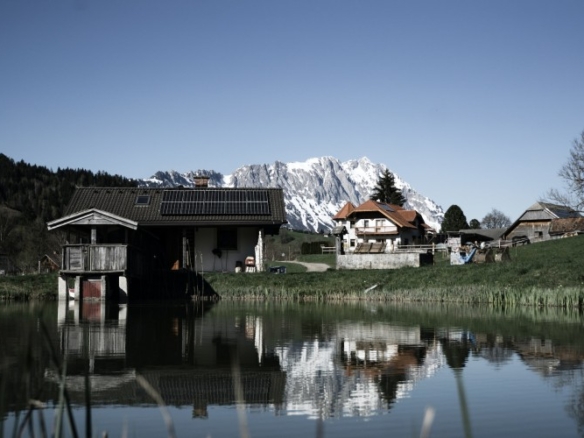In addition to its significant public health impact, Covid-19 leaves some deep economic scars that need tending to. The pandemic crossed borders and brought industries to a standstill as governments battled to contain the outbreak in their respective nations. Like others, the real estate sector faced its own challenges. But, as ever, such situations also create opportunities.
When talking about the impact of Covid-19 on the real estate market around the world, there are a few factors to consider. Some of them are, as you’d expect, direct outcomes – including pricing, transaction volumes and economic confidence. But there are also indirect effects that could reshape the direction of the property market as the world emerges from the lockdowns.
The current climate for real estate prices
In contrast to some of the volatile movements generated in stock, commodities and currency markets, real estate sectors worldwide have resisted such drama. Or, at least, so it seems. It doesn’t mean that it’s business as usual. For the first time since the global financial crisis, for example, residential real estate prices in the UK had fallen for four months in succession.
And, yet, that same Halifax data also revealed that residential real estate prices had gone up 2.5% year-on-year in June 2020. It’s just one national market – but it suggests that, already, real estate is rebuilding after the initial Covid-19 shock. The test is now how long that bounce can maintain itself – particularly against the backdrop of fears of a ‘new wave’ of the virus.
Opportunities in residential real estate markets
In the residential market, opportunities still exist – and are perhaps also increasing in number too. As governments introduce stimulus packages to kickstart their respective economies, the real estate market could stand to benefit. One such example, again, comes from the UK and a decision to cut stamp duty on property purchases.
For investors, residential real estate can be an evergreen proposition. Essentially, people need a roof over their head. And, in many countries, supply is still failing to keep pace with demand. If measures such as the UK’s are implemented elsewhere, buy-to-let landlords are one class of investor who can take advantage of the market conditions to expand their portfolios.
There’s also an emerging trend of people seeking homes outside of urban centres. With home-working now a reality for many more workers, the need to be near offices is not as great. That certainly is one indirect consequence of Covid-19 in places such as Germany. Data suggests it isn’t unique to the central European nation either.
Commercial real estate investment concerns
On the flip side of this particular coin, however, is what home-working – among other factors – means for commercial real estate. It’s one of the factors that may spell danger for commercial landlords and investors. The Covid-19 pandemic has not only resulted in more people working away from offices and other places of business, but retail premises have also shuttered.
For commercial real estate investors, long-term leases were in decline long before Covid-19 – the impact of WeWork, Amazon and Airbnb among others. Now, however, the prospects of an attractive, long-term tenant are maybe now greatly faded. Instead, it could be the disruptors such as WeWork who offer the model of things to come – a more flexible approach to leasing.
In these tentative times after the worst of the pandemic’s restrictions, signs are encouraging overall for real estate investors. But the focus has moved, and the aspirations are shifting. It will require investors to be proactive to benefit from these opportunities – making pivots that other businesses had to make during lockdown, and which are driving this potential new era.




